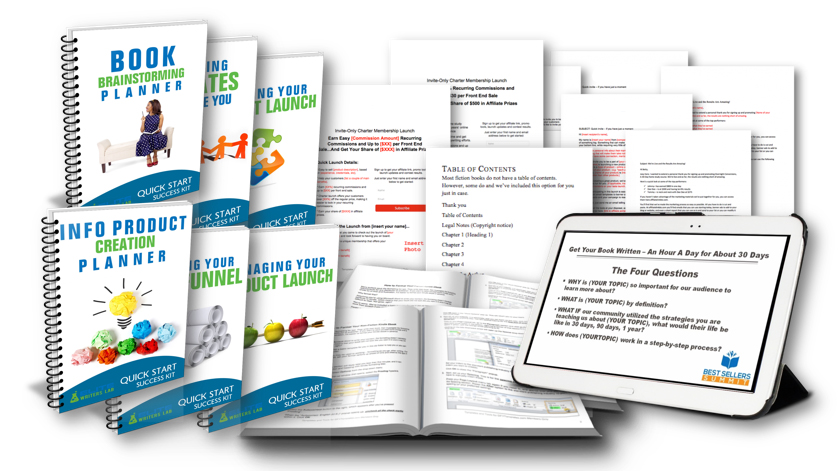There are a number of different schools of thought regarding how often a business owner with a website or blog should review their content plan and their analytics. The truth is, you need to do it every time you publish something new. The biggest mistakes new small business owners make are:
a) They don’t have a content plan
b) They don’t track and test their results
A Content Plan
All marketing on the internet is content marketing. No matter what you are trying to sell, you need traffic. And you can only get traffic if you have a web page with content of some type on it. It could be a post, top tips, embedded video, graphic, PowerPoint presentation and so on. Your content should be based on what you know your target audience struggles with and needs more information about.
In addition, it should be keyworded. If it is written content on the page, important keywords and phrases the people in your niche would be likely to search for should be in the title, description, on the page itself, and in the tags. If it is a graphical item, name the file using keywords. Then use keywords in the title, description and so on. This process is known as search engine optimization (SEO).
These keywords can also help with search engine marketing (SEM) – in particular pay per click (PPC) marketing. With PPC, you run content ads based on keywords to drive traffic to your best content. Top places to run PPC ads include Google AdWords, Bing/Yahoo!, Facebook and Twitter. All of these networks match your content to the right people interested in your niche, so you can get traffic very quickly.
With Google and Bing, you will get qualified traffic which has been selected through the keywords they type in, resulting in your ad being shown and them clicking on it. With Facebook and Twitter, they will have already indicated their interests, so all you have to do is create your ad and set your audience.
Running ads can start to become expensive if you don’t track your results, which brings us to the importance of analytics.
Analytics
Once you have published any piece of content, it is important to look at:
- How much traffic it has received
- How much of that traffic has obeyed your call to action (CTA)
Your traffic can come from SEO, PPC and also social media. But how many obey your CTA? Imagine you create a 7-part ecourse on SEO. You would create a sign-up page and tell people about it. Then you would track the traffic and number of subscribers. You would also check the social media response, such as likes, shares and comments.
You would then look at the traffic logs of your site, such as Google Analytics. Google Analytics is free. Register for an account and add a small amount of tracking code to your site or blog. You will start to see traffic reports for your site. The Audience tab will tell you how many visitors you had, as well as age, gender and so on. The Acquisitions tab will show you where they came from – Facebook, Twitter, etc.
Keeping a close eye on the success (or not) of the content you publish is one of the best ways to keep on creating exactly the kind of information that your target audience is most interested in, which should lead to more traffic and greater profits.
Get More Content Like This:
If you found this advice helpful, you’ll find more of it in our Elite Writer’s Lab, and the good news is, you can join and get instant access to a huge library of content, just for writers, by clicking here. And you can get in for just $1.

You’ll also have access to a huge library of other expert interviews, courses and resources for turning your writing skills into a living. You’ll love our Quick Start Success Kit that will you publish and market your first book or information product quickly!
